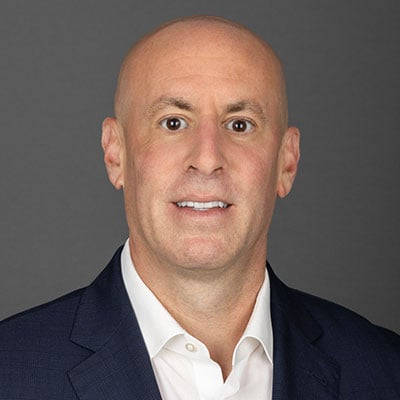Conexant Set For Speedy Ch. 11 Exit After Plan Wins Nod
Microchip developer Conexant Systems Inc. cleared the final hurdle on its path out of Chapter 11 on Tuesday when a Delaware bankruptcy judge confirmed a reorganization plan that would see the private-equity-owned company emerge significantly deleveraged in fewer than 100 days.
The California-based company's trip through the process was swift, going from petition to confirmation in 96 days, and its last stretch was smooth with no outstanding objections to the plan and unanimous consent from the classes of creditors eligible to vote, Joshua A. Sussberg of Kirkland & Ellis LLP, an attorney for Conexant, said in court Tuesday.
"The debtor is poised to emerge as a viable, substantially deleveraged company," Sussberg said. "They will continue to live up to the tradition they've built over the last 50 plus years."
U.S. Bankruptcy Judge Mary F. Walrath noted how efficient Conexant's Chapter 11 process was when she confirmed the plan and thanked the parties for their efforts.
"I didn't have much to do in this case, which is part of the reason it's been such a success," Judge Walrath said. "I'm happy to confirm this case and see the company emerge healthier financially than it has been in years."
The plan calls for $194 million in debt to be converted into new common stock in the reorganized company and $76 million in nonrecourse unsecured notes issued by a new holding company.
It also incorporates what Conexant's attorneys called a global settlement among the debtor, secured lender QP SFM Capital Holdings Ltd. and the official committee of unsecured creditors.
QP SFM agreed to waive its $114.5 million deficiency claim when the plan goes into effect, and the recovery pool for unsecured creditors increased from $2 million to $2.9 million, according to court records.
The secured creditor will also provide $15 million of working capital for the reorganized company on top of the $15 million it has already doled out as debtor-in-possession financing shortly after Conexant filed for Chapter 11 protection.
Conexant sought court protection on Feb. 28, looking to scale down its debt in an environment where it had been facing declining revenue and decreasing demand.
The chip developer was once the semiconductor division of manufacturing conglomerate Rockwell International until it was spun off in 1999 at the height of the tech boom.
From the start, Conexant was pulling in $1.2 billion in annual revenue and employed 6,300 people, growing even larger after a $2 billion acquisition spree.
The company was forced to downsize after the dot-com bubble burst, and Conexant's revenue figure had shrunk to $166 million by 2011, the same year it was acquired by Golden Gate Capital and August Capital.
The company has since moved from its headquarters in California from Newport Beach to Irvine, and now employs 225 people in research and development worldwide.
Conexant also holds more than 650 patents for its chips and related technology, and has more than 200 patents pending, according to court documents.
Conexant is represented by Paul M. Basta, Joshua A. Sussberg, Christopher T. Greco and Joseph Pack of Kirkland & Ellis LLP and Domenic E. Pacitti, Michael W. Yurkewicz and Morton Branzburg of Klehr Harrison Harvey Branzburg LLP.
The case is In re: Conexant Systems Inc., case number 1:13-bk-10367, in the U.S. Bankruptcy Court for the District of Delaware.
REPRINTED WITH PERMISSION FROM THE JUNE 4, 2013 EDITION OF LAW360 © 2013 PORTFOLIO MEDIA INC. ALL RIGHTS RESERVED. FURTHER DUPLICATION WITHOUT PERMISSION IS PROHIBITED


